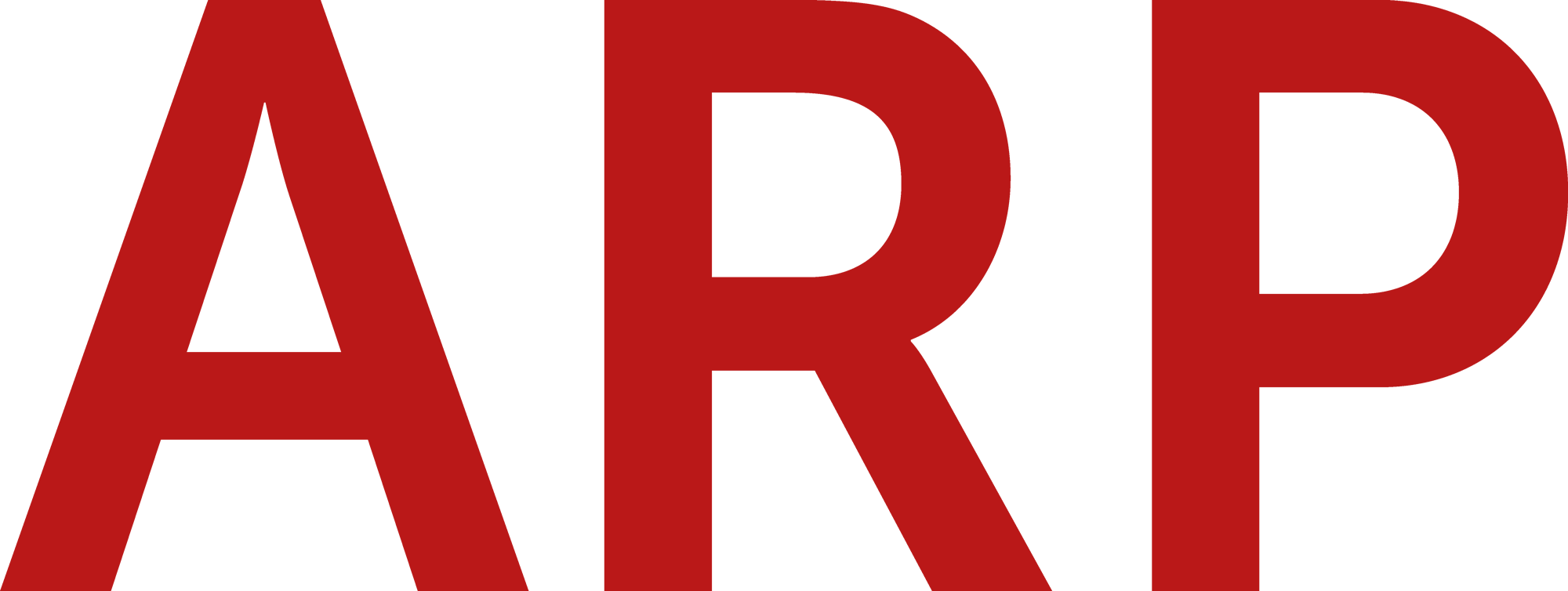2023
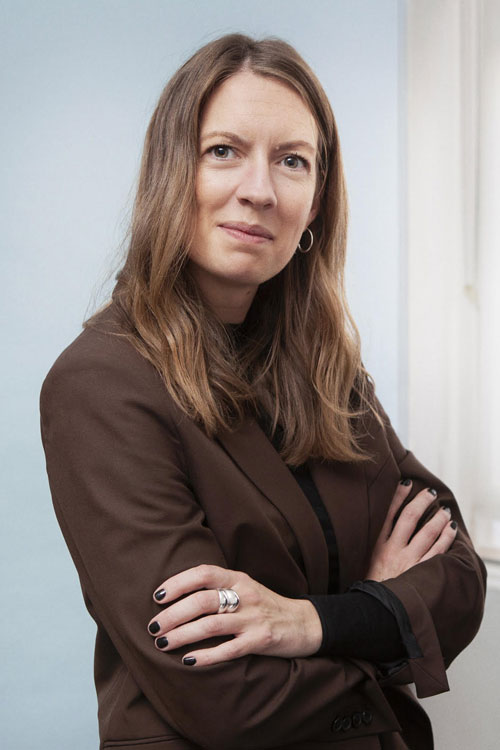
LOUISE BJELDBAK HENRIKSEN
Independent Curator & Researcher, The Haag
Sophie Taeuber-Arp and Franciska Clausen: The Circle
In the 1920s and 1930s, Paris became an epicenter where the European avant-garde exchanged ideas and worked collaboratively. They organized themselves in academies and schools, such as l’Académie Moderne, l’Académie Scandinave, and l’Académie Andre Lhote, and in artist circles and groups, including Cercle et Carré and Abstraction-Création.
In 1929, Sophie Taeuber-Arp (1889–1943) and the Danish artist Franciska Clausen (1899–1986) joined Cercle en Carré. The following year, they participated in the group’s first exhibition Cercle et Carré, at Galerie 23, from April 18 to 30, 1930. In preparation for this exhibition, Clausen painted a composition based on circles, rectangles, and squares. She named it Cercle et Carré after the group, having conceived of it as alternative to the group’s logo, which she found discordant. After encountering Clausen’s painting of 1930, Taeuber-Arp introduced the circle into her oeuvre, and she was quickly dubbed “the artist of the circle” by Hugo E. Weber (1918–1971). Today, Taeuber-Arp’s circle paintings from the 1930s represent a crucial part of her oeuvre.
Unlike many abstractionists in the avant-garde who favored squares and rectangles in primary and achromatic colors, Taeuber-Arp and Clausen favored circles, and they utilized a broader palette of colors to give life to their dynamic yet balanced compositions. This proposed research project aims to investigate in-depth how Taeuber-Arp and Clausen worked with circles in their compositions and how this work evolved. Further, it will also trace their mutual inspiration during the years they frequented the same circles.
In this time of connectivity, Taeuber-Arp’s Scandinavian network extended beyond Clausen. Throughout the 1930s, she met and corresponded with a wider network of Scandinavian artists, among them Otto G. Carlsund (1897–1948), Vilhelm Bjerke-Petersen (1909–1957), and Erik Olson (1901–1986) in Paris and abroad. She participated in exhibitions of abstract and Concrete art in Scandinavia, such as Post-Cubist Art: Art Concret (1930) in Stockholm and Nutidskunst. Konstruktivisme. Neoplasticisme. Abstrakt Kunst. Surrealisme (1938), which she co-organized with Arp and Bjerke-Petersen at Kunstnerforbundet in Oslo. In this research project, I would like to shed light on Taeuber-Arp’s Scandinavian connections and network, and the ways it served as a backdrop for her artistic explorations.
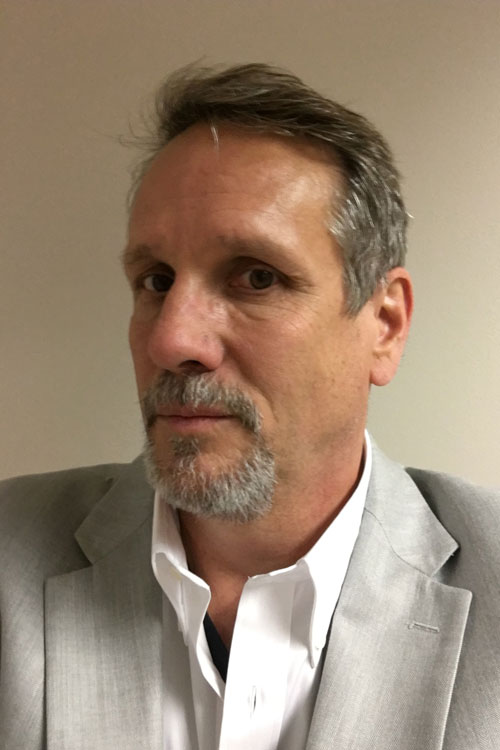
JOHN E. DAVIDSON
Ohio State University
The There and Not-There of Hans Arp’s Post-WWII Works
This proposal seeks support for a study of Hans Arp’s work during the long Adenauer era (1949–66). It will consider artworks, reflections on artistic practice, and, to a lesser extent, poetry. My specific interests center on the (re-)appearance of black-and-white works of art during this period, with archival research informing my analyses of these works.
My larger project addresses the public embrace of pre-1933 works of art and/or artists after WWII, which may be understood as a “rediscovery” of traditions cut off during the NS period. To what extent do such re-presentations grapple with the historical avant-garde’s ambivalent practice of using primitivist abstraction to question or negate Europe’s “civilized” culture? Does the experience of the intervening genocidal regime make it possible to reckon critically with the racist moments within those traditions during the 1950s? A portion of the proposed study will seek evidence of conscious reflection on this topic in Arp’s writing and correspondence, juxtaposing them with related images such as Zweiklang, when possible.
More broadly, I propose that central twentieth-century figures such as Arp could have engaged in a critical “Auseinandersetzung” with earlier, uncritical practices. I will test this hypothesis by analyzing black-and-white images that foreground the “negative,” understood in equal parts as a spatial-visual evocation, an aspect of technical production, and a conceptual invitation to non-identity. Of particular importance are the images in which the negative is “doubled” through the construction of the book in which they appear: Arp’s seven “Klebebilder” in Richard Huelsenbeck’s Die Antwort der Tiefe (1954) or the “Maske” in Huelsenbeck’s Mit Witz, Licht und Grütze (1957) offer prototypes of this doubling.
The results of these investigations will inform a larger project, “The Art of the Negative,” which re-examines this aesthetic moment in light of Europe’s Cold-War aspirations. European claims to embodying freedom were implicitly and explicitly cast as the negation of the Soviet-East’s “unfreedom” in a conceptual configuration that erased the global South. Championing abstraction as the purest expression of artistic freedom and the core of a “universal language” buttressed that configuration. Yet, those universalizing aspirations relied pragmatically on the systematic exploitation of non-white parts of the globe. To illustrate the critical resistance to these self-serving cultural politics within “The Art of the Negative,” the proposed study of Arp’s post-WWII work will be paired with considerations of visual artists working in a variety of different media and modes. These will include, among others: Willi Baumeister, Fritz Brill, Chargesheimer, Ottomar Domnick, Heinz Hajek-Halke, Hans Hartung, Hannah Höch, and Barbara Klemm.
The “Reliefs,” “Works on paper,” “Printing blocks,” “Book illustration,” and “Correspondence” collections in the Stiftung Arp e.V. will be particularly fruitful for these investigations.
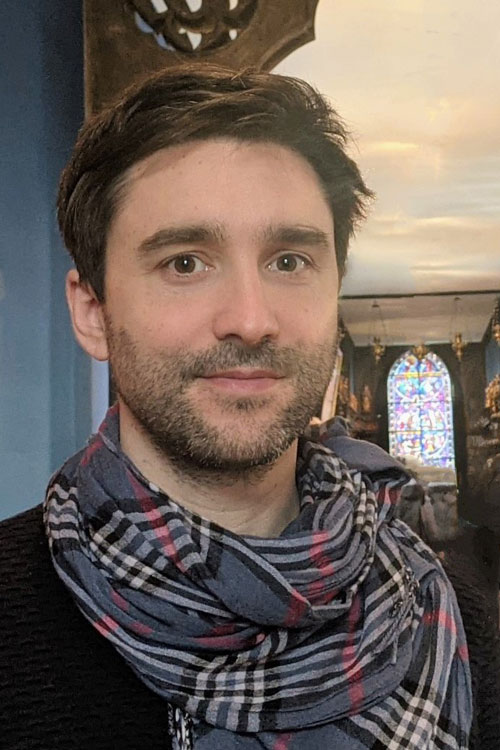
CLEMENS OTTENHAUSEN
Renke B. and Pamela M. Thye Curatorial Fellow, Busch-Reisinger Museum, Cambridge, Massachusetts
Between “Urgrund” and Background: Showing and Grasping Hans Arp’s Sculptures
This research project tentatively titled “Between ‘Urgrund’ and Background: Showing and Grasping Hans Arp’s Sculptures” considers the exhibition history of Arp’s sculptural works as a way to discuss the most historically accurate and sensible forms of their presentation. Taking into account current research on Arp’s oeuvre in Europe and North America, I examine the artist’s sculptures in the round, his understanding of art, photographic reproductions of his works, graphic design in the publications of his texts, and correspondence with fellow artists and museum professionals, all in search of circumstantial evidence to establish a series of theses on an ideal form of staging his art.
Since this study relies on primary sources, I plan two phases of research: first, trips to archives in New York City with brief visits to less extensive collections of materials during my current tenure as Renke B. and Pamela M. Thye Curatorial Fellow at the Busch-Reisinger Museum; second, the Research Fellowship at the Stiftung Arp e.V. in Berlin. The aim and motivation of the project is the publication of an article on the subject, as well as preparation for a presentation on Arp’s sculptural works from the collection of the Busch-Reisinger Museum at the Harvard Art Museums in Cambridge, Massachusetts, USA.
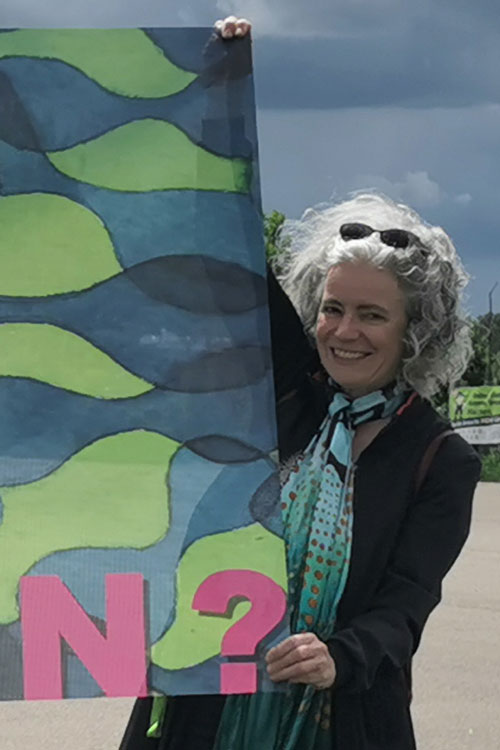
CHRISTIANE TEN HOEVEL
Artist, Berlin
SOPHIE TAEUBER-ARP 4.0
RUNNING PICTURES
My intention is to take up and deepen the strand of textiles in dress form within Sophie Taeuber-Arp’s work. Following her understanding of color and form, I will design RUNNING PICTURES and thus emulate her transdisciplinary approach. To do so, I will examine her “Remarks on Instruction in Ornamental Design” through drawing and painting. The resulting works will interpret her specifications in a contemporary manner, revealing their timeless aspirations. Through the materials and process, I will trace her working method: Taeuber-Arp usually conceived compositions and color in sketches and collages on paper before transferring them to the actual substrate or object.
Concomitantly, I will search for clues about the development of her working process in her letters and will incorporate these into my work. Of particular interest will be the attempt to assess the letters from Taeuber-Arp’s time in Zurich between 1914 and 1928, during which she taught design and embroidery in the applied arts department at the trade school, participated in the Swiss Werkbund, danced with Rudolf von Laban, took part in Dada events, and carried out interior design projects in Strasbourg. Few things could illustrate her interdisciplinary approach better than this review of her varied pursuits.
I will use digital printing to transfer the resulting series of colored works on paper to fabric, creating “wearable wrap-around images.” Based on a “simple and utilitarian form,” these “wearable wrap-around images” will consist of a rectangular piece of fabric that becomes a skirt when tied around the hips.
A printed booklet will accompany the resultant collection. Designed like a fashion magazine, it will exemplify the interdisciplinary approach that unites art, fashion, and theory.
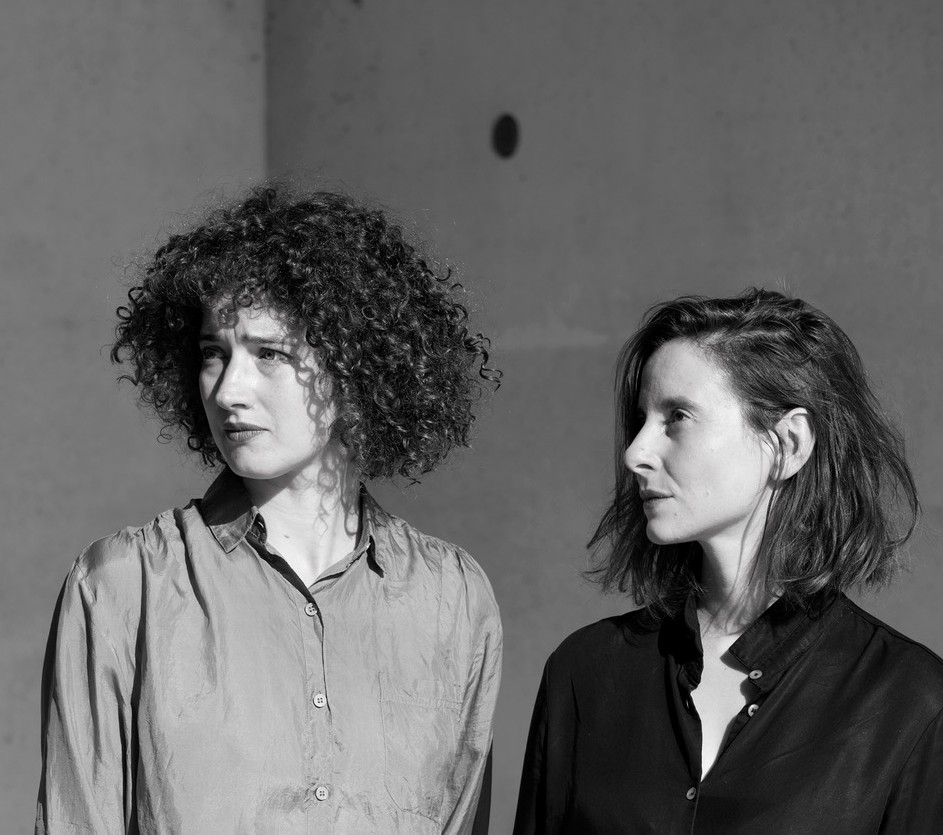
TABEA NIXDORFF UND MONIQUE ULRICH
Artists, Berlin
We are applying for an ARP fellowship with the intention of realizing an in-depth artistic and academic research project on the work and person of Sophie Taeuber-Arp, with the aim of creating an artistic publication as well as an exhibition with performative elements. Our research focuses on Taeuber-Arp as both a networker and an extraordinarily interdisciplinary artist who worked across a range of media. We are particularly interested in her ability to cross boundaries, both in her social and artistic roles as well as in the transfer of knowledge across her spheres of activity. We would like to explore her ability to network socially as well as the “networked thought” within her production that transcended genres as well as artistic categories.
Friendships and communities are often mentioned in monographs and the texts accompanying solo exhibitions, although they are often understood as preexisting or given structures. What does it mean to build and maintain (not exclusively self-interested) connections? Who carries out this work? We think it will be exciting to explore this question vis-à-vis Taeuber-Arp, because her contemporaries valued her role as a friend and advisor, host, publisher and editor of the journal Plastique/Plastic, illustrator, teacher, and collaborator as much as they did her artistic and creative production. It is our hope that Taeuber-Arp’s activities, which can be described as care work in a broader sense, may be traced through wide-ranging work with archival materials and collection holdings, and by reconstructing the intermedial translation of her social activities into her artistic works. In our society and, consequently, in art history, more permanent works of art and so-called fine art continue to receive greater recognition than ephemeral, immaterial works and the applied arts. By contrast, Taeuber-Arp created work in opposition to this hierarchy, and we see her as a role model in this respect. Her productivity and crossing of artistic boundaries despite societal restrictions is highly relevant for contemporary questions about (female) artistic production, access to resources, and collaborative praxis.
Grasping Taeuber-Arp’s impact in all its diversity raises the question of an adequate form and language for conveying our findings. To us, it seems that an approach and mode of representation grounded in artistic and research practices, which we have used in our previous co-authorship, is particularly apt.
The goal of our research is the development of an artistic publication that – by reproducing archival materials – reveals, on the one hand, selected aspects of Sophie Taeuber-Arp’s artistic praxis in its interconnections and constellations. On the other, it takes up artistic research as a subject, presenting its own artistic “answers” to Taeuber-Arp’s work. Translation as knowledge production will be implemented here in an experimental as well as a theoretically grounded manner. In an earlier archive-based collaboration, a dramaturgical montage of the research outcomes in the form of a sound-text performance proved to be extremely productive. In alignment with Sophie Taeuber-Arp, this form seems to promise artistic insight in several respects: it takes up Hans Arp’s Dadaist sound texts in combination with Sophie Taeuber-Arp’s performative practices. At the same time, it offers the possibility of incorporating the body, a thread that is generally visible throughout her work, and the potential to create a literal polyphony.
